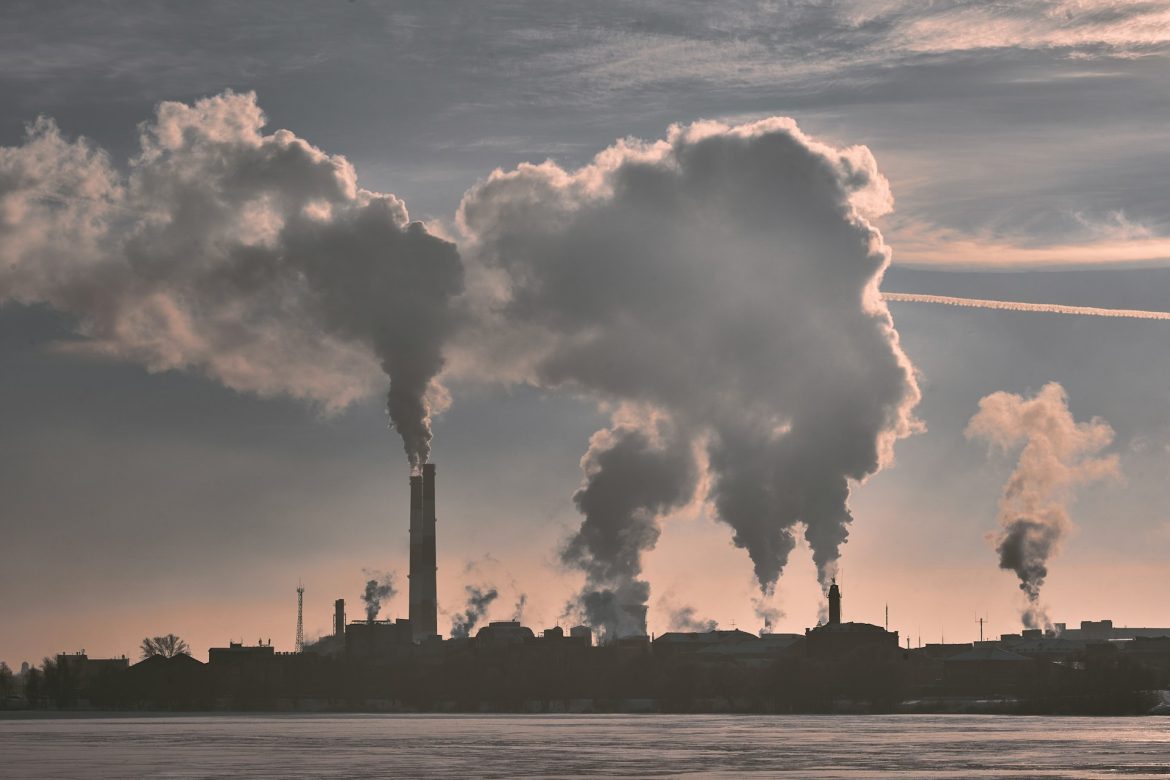Air pollution is a big problem that affects our environment and health. It happens when harmful substances are released into the air. These substances can be gases, particles, or even liquids. They come from many different sources and can cause a lot of problems. Let’s delve into what causes air pollution, how it affects us, and what we can do to control it.
Sources of Air Pollution
Air pollution comes from various sources, both natural and human-made. Natural sources include wildfires, volcanic eruptions, and dust storms. However, human activities are the primary contributors to air pollution. Industries, transportation, agriculture, and household activities release pollutants like carbon monoxide, sulfur dioxide, nitrogen oxides, and particulate matter into the air.
Effects of Air Pollution
Air pollution can have severe effects on both the environment and human health. It contributes to global warming and climate change by releasing greenhouse gases like carbon dioxide into the atmosphere. Pollutants can also harm ecosystems, affecting plants, animals, and aquatic life.
For humans, breathing polluted air can lead to respiratory problems such as asthma, bronchitis, and lung cancer. It can also worsen existing conditions like heart disease. Children, the elderly, and people with pre-existing health issues are particularly vulnerable to the adverse effects of air pollution.
Control Measures
Controlling air pollution requires collective efforts from governments, industries, communities, and individuals. Here are some effective measures to tackle air pollution:
- Reducing Emissions from Vehicles: Encouraging the use of electric vehicles, improving public transportation, and enforcing stricter emissions standards for automobiles can help reduce the pollutants released from vehicles.
- Promoting Clean Energy: Transitioning from fossil fuels to renewable energy sources like solar, wind, and hydroelectric power can significantly decrease air pollution from power plants.
- Implementing Industrial Regulations: Enforcing regulations on industries to limit emissions and adopt cleaner production technologies can reduce pollution from manufacturing processes.
- Advocating for Green Spaces: Planting trees and creating green spaces in urban areas can help absorb pollutants and improve air quality.
- Raising Awareness: Educating the public about the harmful effects of air pollution and promoting sustainable practices can encourage individuals to make environmentally friendly choices.
- Using Air Purifiers: Installing air purifiers in homes and workplaces can help remove pollutants from indoor air, reducing the risk of health problems.
Conclusion
Air pollution is a significant environmental and health concern that requires urgent action. By understanding its sources, effects, and control measures, we can work towards cleaner air for everyone. Governments, industries, communities, and individuals must collaborate to implement effective strategies to reduce air pollution and protect the planet and its inhabitants.
Remember, every small step counts in the fight against air pollution. Let’s strive for cleaner air and a healthier future.
Check out the Environmental Protection Agency website for more information on air pollution and what you can do to help combat it.


